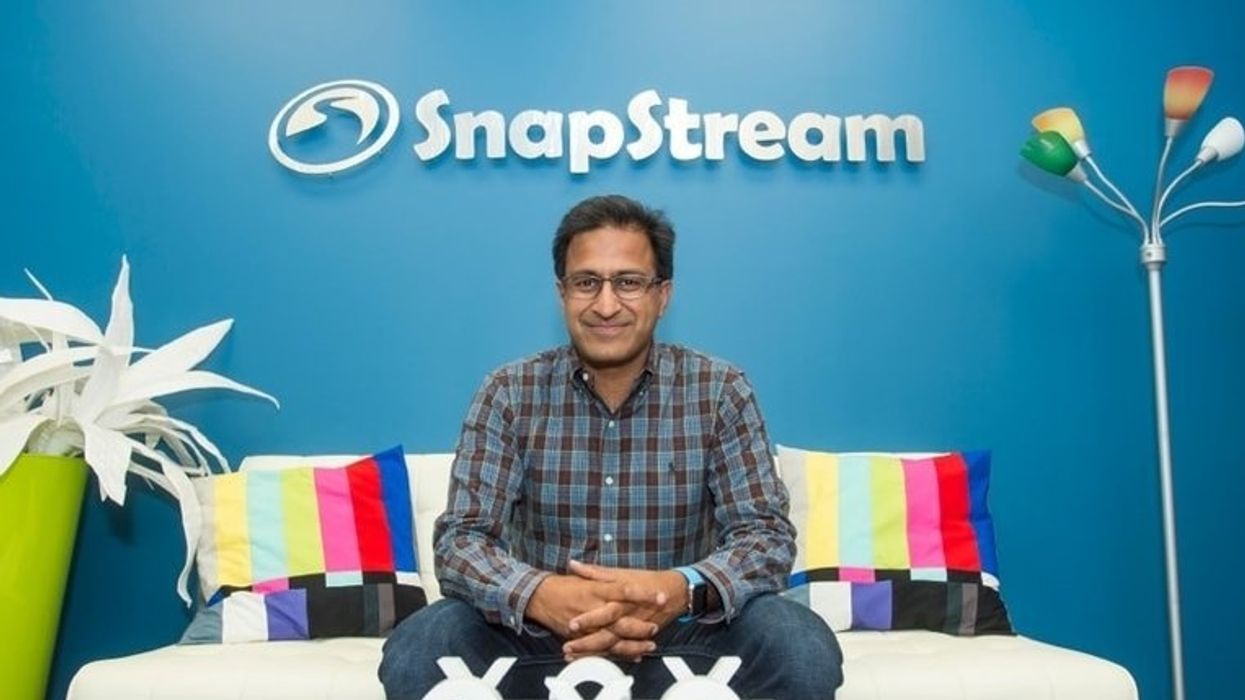Editor's note: Kick off 2026 by hearing insightful talks and making meaningful connections in Houston's innovation scene. From networking workshops to presentations from major industry leaders, here's what not to miss and how to register. Please note: this article may be updated to include additional event listings.
Jan. 13 – Financing the Future
Hear from James Blake, head of capital markets at Fervo Energy, in this informative talk. Blake will cover the current investment landscape for geothermal power, how geothermal projects are structured and the role of policy incentives and innovative financing models in moving the industry forward. A small reception follows.
This event is Tuesday, Jan. 13, from 5:30-7:30 p.m. at the Ion. Register here.
Jan. 13 – Your Path to the Boardroom
Visit Sesh Coworking to hear from Keith Dorsey, an executive advisor and author of The Boardroom Journey, as he shares insights and lessons from hundreds of corporate board members and presents an actionable roadmap for women at every stage of their careers. Dorsey will speak on what "optimal diversity” means in the boardroom, how purpose-driven leaders sustain resilience under relentless pressure and why inclusive leadership is non-negotiable for growth and innovation.
This event is Tuesday, Jan. 13, from 6-8 p.m. at Sesh Coworking. Register here.
Jan. 14 — A Conversation with Dr. Wayne J. Riley on Leading Through Healthcare Transformation
Rice Business Partners will host Dr. Wayne J. Riley, president of SUNY Downstate Health Sciences University, for a moderated discussion with Dean Peter Rodriguez. Riley will share insights on leading complex healthcare organizations in an era of unprecedented industry challenges and reflect on his time at the Jones Graduate School of Business.
This event is Wednesday, Jan. 14, from 6:30-8:30 p.m. at McNair Hall on Rice University's campus. Register here.
Jan. 14 — VDW: Igniting Connections for Startup Success
Entrepreneurial communications instructor Diana Massaro will lead Lilie's latest Venture Development Workshop, focused on soft skills like clear communication, active listening and compelling introductions. Attendees will gain a personalized networking game plan and communication tools to turn casual encounters into meaningful relationships to support their ventures or careers.
This event is Wednesday, Jan. 14, from 6-7:30 p.m. at the Liu Idea Lab for Innovation and Entrepreneurship on Rice University's campus. Register here.
Jan. 21 — Upstream: Digital Tech Meetup
This month's Upstream: Digital Tech Meetup will explore how AI and real-time monitoring are being applied in safety-critical offshore environments, what’s working today, where the biggest gaps remain going into 2026 and how operators and service companies are approaching adoption. Expect to hear from leaders at NOV, Incom Solutions, Timbergrove and others.
This event is Wednesday, Jan. 21, from 8:30-10:30 a.m. at the Ion. Find more information here.
Jan. 22 — HEAD AND HEART: Leading Technology with Humanity While Everything Changes
Hear from Chris Hyams, former CEO of Indeed, at the latest installment of Rice's Master of Engineering Management & Leadership Seminar Series. Hyams will present on the intersection of technology, humanity and change—and how AI is reshaping all three.
This event is Thursday, Jan. 22, at 6 p.m. at Duncan Hall on Rice University's campus. Find more information here.
Jan. 22 – NASA Tech Talk
This month's NASA Tech Talks will feature a special delegation from the UK Science and Technology Network. Expect to hear from a panel of UK space experts, followed by a fireside chat featuring David Alexander, head of the Rice Space Institute, and Meganne Christian, ESA reserve astronaut and senior exploration manager.
This event is Thursday, Jan. 22, from 6-7 p.m. at the Ion. Find more information here.
Jan. 29 – Ignition Hub Startup Career Fair
Lilie will host the Ignition Hub Startup Career Fair this month in partnership with Rice University’s Center for Career Development and Career Development Office. The fair will bring together some of the most innovative, high-growth companies to offer Rice students exciting opportunities. Startups can apply to be considered for the fair. The event is open to Rice University undergraduate, graduate, MBA, and PhD students.
This event is Thursday, Jan. 29, at Grand Hall on Rice University's campus. Find more information here.
Jan. 29 – Health Policy Symposium: Value-Based Care & the Health Care Workforce
The Humana Integrated Health Systems Science Institute at the University of Houston will host its latest Health Policy Symposium this month, focused on the evolving landscape of value-based care and the importance of preparing and strengthening the health care workforce. Hear keynote addresses from leaders at Humana, UH, the American Medical Association and Houston Health Department.
This event is Thursday, Jan. 29, from 11:30 a.m.-1:30 p.m. at the Tilman J. Fertitta Family College of Medicine on Rice University's campus. Find more information here.
Jan. 30 — GHP Annual Meeting
The Greater Houston Partnership's premier event will highlight the region’s progress, honor visionary leadership and set the tone for the year ahead. Hear reflections from outgoing board chair, Gretchen Watkins (former -president of Shell USA); welcome incoming board chair, Armando Perez (EVP of H-E-B Houston); and more
This event is Friday, Jan. 30, from 11:30 a.m.-1:30 p.m. at Hilton Americas. Find more information here.



